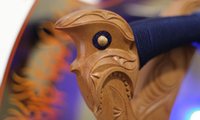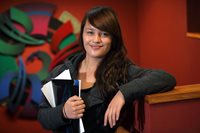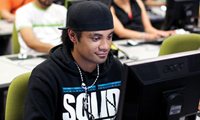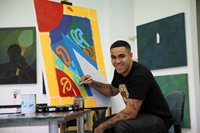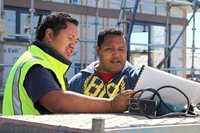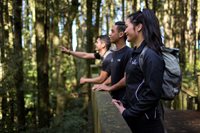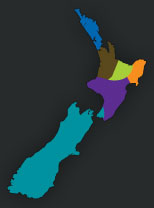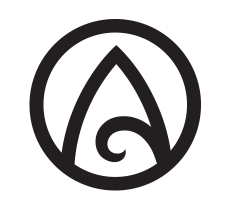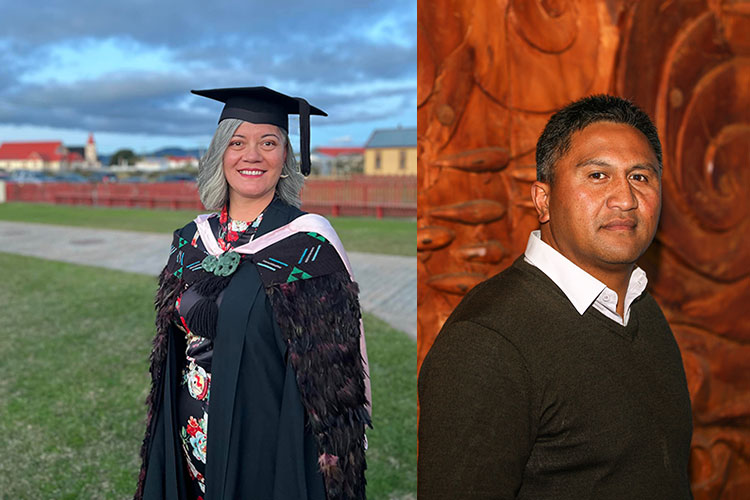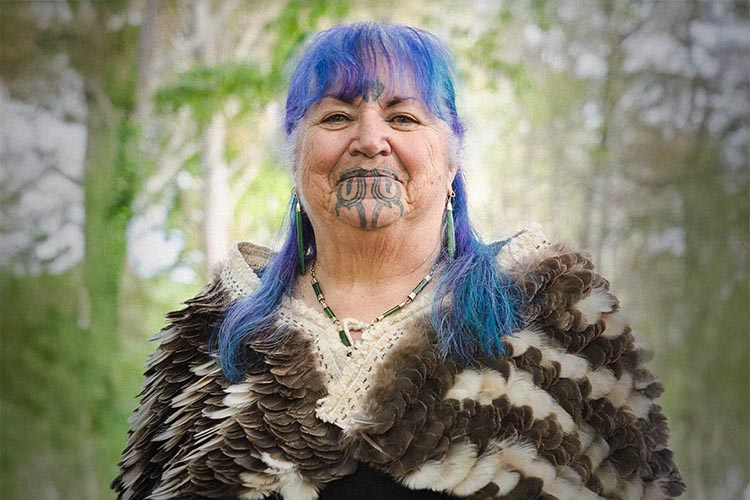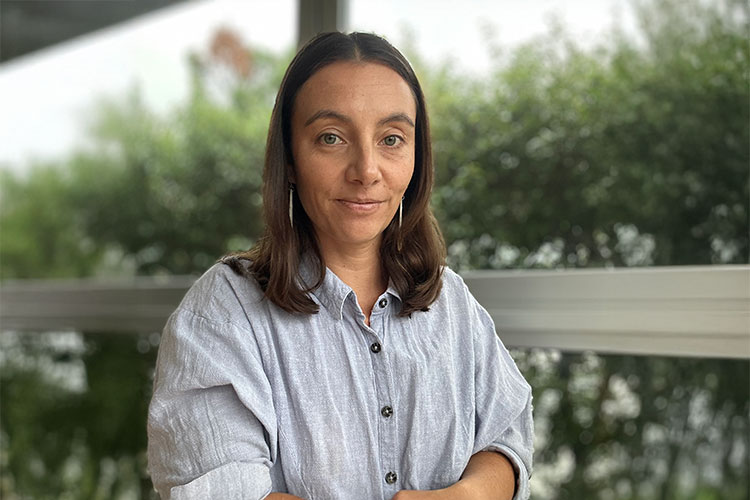Ever week at the Ōpōtiki branch of Te Wānanga o Aotearoa someone comes in and asks a question none of the dedicated kaimahi can answer.
"What time's the bus?"
The bus stopped running years ago but the campus still has the hallmarks of its former life as the town's bus terminal and some locals are still unaware it's the local office of TWoA.
The fact that the huge bus shelter at the front of the building sports a tiny TWoA branded logo doesn’t help distinguish it as a higher place of learning either.
Kaiwhakahaere AKO Roger Rakuraku greets Te Taiurungi Jim Mather and Te Taituarā John Whaanga at their humble office named Te Pakihikura and says it’s the first visit by a CEO of TWoA since it opened more than 10 years ago.
Jim and John visited the campus on Wednesday, March 16.
The pair are visiting sites around the motu following the completion of Te Raumairanga, to give staff an opportunity to raise any issues and to outline "where the organisation is going now that change has been made," Jim says.
"We want to hear your korero, thoughts and ideas. We don't just want to hear the good stories, we want to hear the hard stories too because we learn more from those," Jim says.
Eight kaimahi, who have been with TWoA for several years, are present. They teach a range of coursers from Te Arataki Manukōrero kaiako, computing, tikanga marae and, along with the administrator, are the face of our organisation in this region.
Among the hard stories Jim and John heard in Ōpōtiki were issues around reducing kaimahi/tauira ratios and the need for kaiawhina - as they are charged with not only teaching tauira, but recruiting them too, and on top of that moderating the units taught.
Some of the kaimahi have taught a range of courses over the years and sing the praises about how TWoA has helped improve the use of reo and tikanga on their marae. But with a smaller pool of mature tauira to access, they feel that it’s time to move those tauira onto other courses which focus on a broader range of kaupapa, from the maunga to the moana. There is a desire to offer courses in aquaculture to take advantage of a large mussel farm in the rohe.
Marketing gets a hammering. They want more targeted marketing and reducing the length of time it takes to enrol needs to be a focus.
“We’ve never had marketing,” says one of the kaiako.
“We do the marketing at the tangi, aroha mai e te whānau pani, take the students around the corner and sign them up on the bonnet of my car.”
But they don’t just share their problems – they provide solutions as well.
Some TWoA courses are generic but it would be helpful if they could add photos and stories of local tauira or kaiako to marketing material to increase their visibility locally, they say.
John says while marketing had increased, "we didn't do it as well as we could so we are committed to doing that better".
He also intends addressing enrolment issues.
"It takes 60 days for enrolment confirmation, that's simply not good enough."
The visits have been highlighting the vast differences in the needs of the various sites.
With 1500 kaimahi spread across 120 sites, delivering 90 courses to 32,000 tauira, it's a hugely complex organisation but its senior leaders remain focussed on what was important.
"We are a big organisation but we can't lose sight of our communities," John says.
"That's why these visits are important."
Jim says being based in Te Puna Mātauranga in Te Awamutu meant he was often remote from the coal face and he was enjoying visiting different branches and meeting staff "kanohi ki te kanohi".
"There has been a lot of change and that was to get the right people in the right roles. It is now time to invest in our people through initiatives such as professional development and we will remain focussed on our tauira success."
Following the korero, smoked kahawai and sandwiches are served up with a hot cup of tea and then its time for a quick whānau photo before they hit the road.
So far the pair have visited Kaikohe, Tokoroa, Whakatāne and Ōpōtiki and plan to get to as many campuses as possible in the coming months.
To find out about the courses in Ōpotiki click here


